Ripping with a circular saw
joyfulgardener
18 years ago
Related Stories

HOUZZ TVHouzz TV: Travel Back to the 1960s in a Most Unusual Round House
An Oakland, California, couple’s midcentury circular home provides a stunning time capsule for all-out vintage modern style
Full Story
CONTEMPORARY HOMESMy Houzz: Check Out the Curves on This Cliffside Home
Circular forms star in a home on a Washington gorge, from the boulder pile downstairs to an exterior side with nary a straight line
Full Story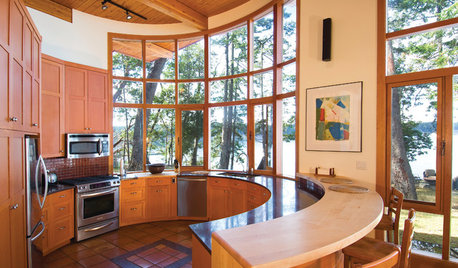
GREEN BUILDINGHouzz Tour: Off-the-Grid Island Home Circles a Sunny Courtyard
A circular home is a cozy spot for gardening, woodworking and plenty of reading
Full Story
LANDSCAPE DESIGN5 Great Garden Uses for Granite Millstones
Give your yard character and history with a salvaged circular stone used as a patio, seat, fountain or focal point
Full Story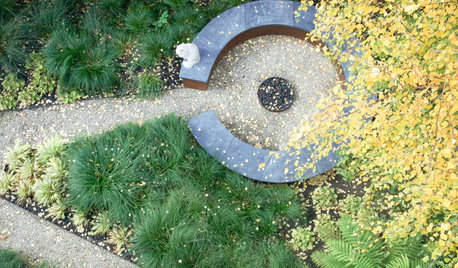
LANDSCAPE DESIGNCircle Round for Great Garden Design
Circular thinking can be a boon in creating eye-catching landscapes. Here's how to put the shape to best use
Full Story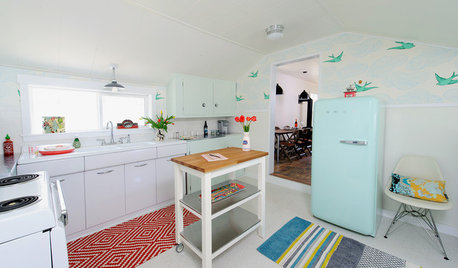
KITCHEN DESIGNKitchen of the Week: A Cottage-Chic Kitchen on a Budget
See how a designer transformed her vacation cottage kitchen with salvage materials, vintage accents, paint and a couple of splurges
Full Story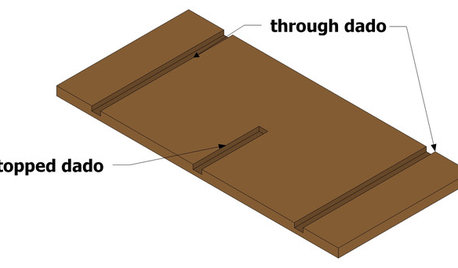
DESIGN DICTIONARYDado
Channel some support for shelves and cabinets with a dado groove in a board
Full Story
MY HOUZZMy Houzz: Breaking Down the Walls in Amsterdam
A modern Netherlands condo becomes an open-plan space with water and city views
Full Story





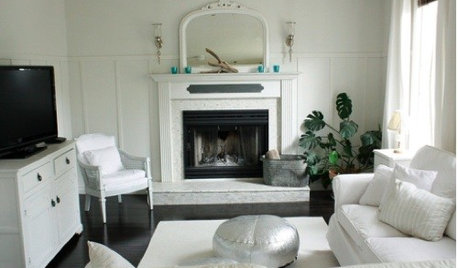




User
kudzu9
Related Professionals
Effingham Cabinets & Cabinetry · Cape Coral Carpenters · Concord Carpenters · Emeryville Carpenters · Franconia Carpenters · Lebanon Carpenters · Scarsdale Carpenters · Sarasota Flooring Contractors · Stoughton Flooring Contractors · Suitland Flooring Contractors · Bronx Furniture & Accessories · Greenville Furniture & Accessories · Memphis Furniture & Accessories · Norwalk Furniture & Accessories · Kansas City Furniture & Accessoriesericwi
Telemark
dperk
thecat
kmealy
brickeyee
david232
User